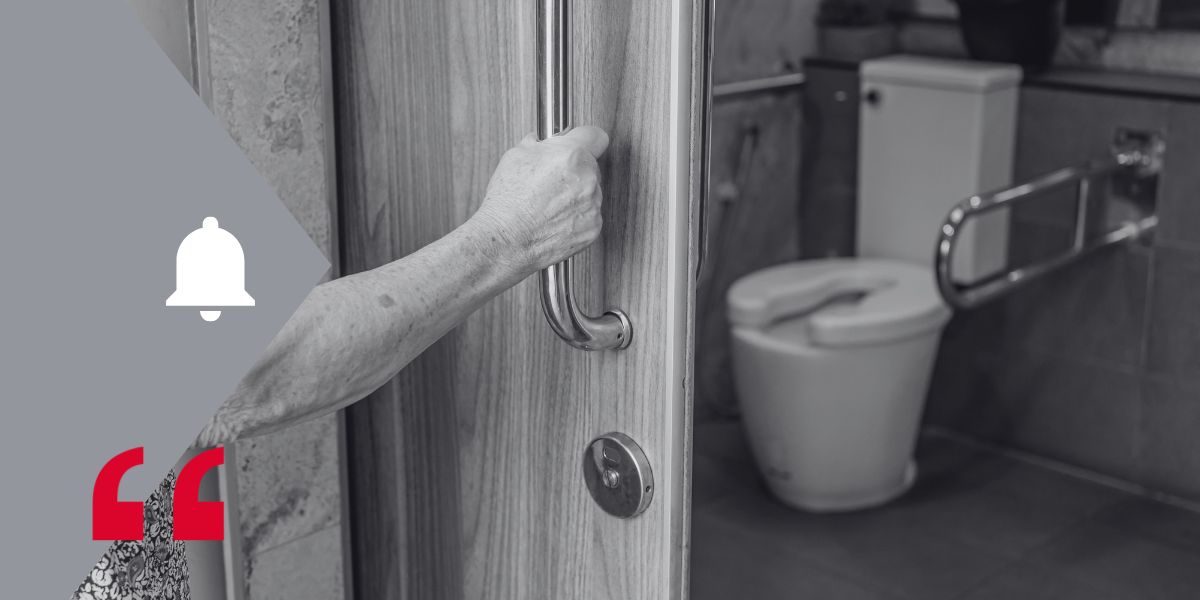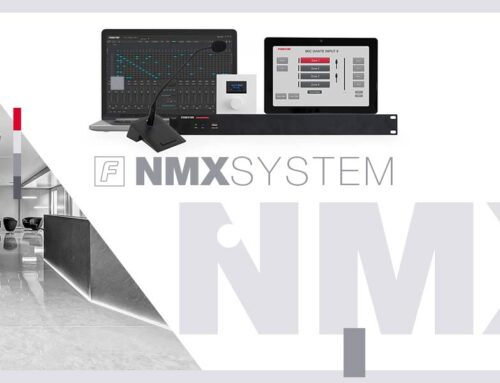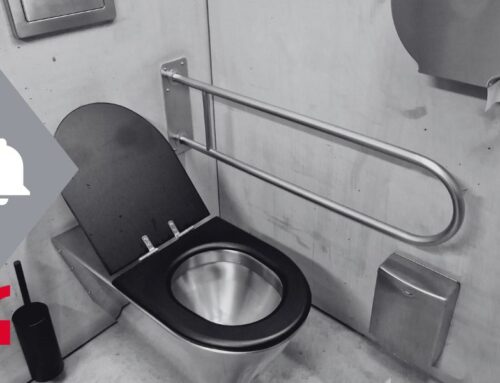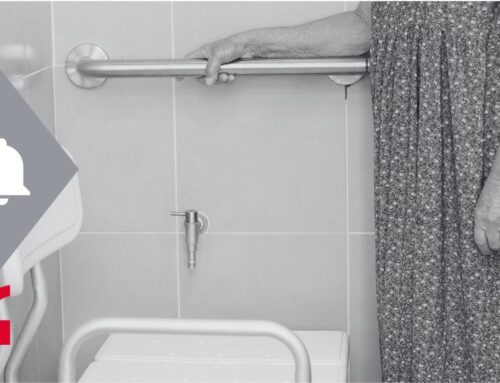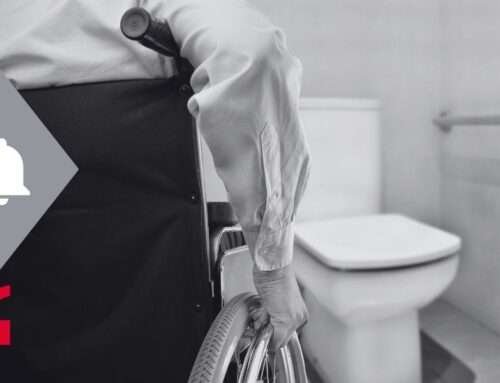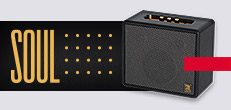Accessibility is currently a fundamental aspect in the design and equipment of public spaces. Accessible toilets are one of the most important facilities to ensure the autonomy and safety of people with disabilities. An assistance call device in accessible toilets is a crucial tool that ensures the possibility of asking for help in emergency situations. In this article, we will explore what an assistance call device is, how it works, and the importance of its implementation in accessible toilets.
What is an assistance call device?
An assistance call device in accessible toilets is a system designed to allow users of accessible toilets to request help in case of an emergency. These devices typically consist of an easily accessible button that, when pressed, sends a signal to a control panel or directly to assistance personnel.
The main objective of this assistance call device in accessible toilets is to provide a quick and effective means for people with disabilities to communicate an emergency situation, thus ensuring their safety and well-being at all times.
Components and operation
Assistance button
The assistance button is the main component of the assistance call device in accessible toilets. It is located in an accessible place within the toilet, generally at a height suitable to be reached from a seated or standing position. This button should be easy to identify and operate, even for people with reduced mobility or manual dexterity issues.
Buttons can vary in design and size, but all must comply with accessibility regulations. Some models are equipped with light indicators to ensure the user knows that the button has been activated correctly.
Additionally, it is important that these buttons are water and wear-resistant, as they will be located in an environment where splashes and frequent handling are likely. The materials used must be durable and of high quality to ensure a long life for the assistance call device in accessible toilets.
Control panel
The control panel is the base of the assistance call device in accessible toilets. It receives the signal sent by the assistance button and activates the corresponding emergency protocol. Depending on the system, this panel may be connected to a control center, the building’s security personnel, or an emergency response team.
The control panel may include a display screen that shows the location of the toilet where the assistance call was activated. This allows for a quick and targeted response, crucial in emergency situations.
Visual and audible alerts
Visual and audible alerts are additional components that some assistance call devices in accessible toilets include to indicate that the help signal has been activated. These alerts are crucial to ensuring that the assistance request is effectively noticed.
Visual alerts are usually flashing lights that turn on when the assistance button is pressed. These lights can be located both inside the toilet and in exterior areas so that assistance personnel can easily see them. The strategic location of these lights is essential to maximize their visibility and effectiveness.
Audible alerts, on the other hand, can include alarms or tones that sound when the assistance call device in accessible toilets is activated. These alerts should be loud enough to be heard in noisy environments and must comply with accessibility regulations for people with hearing disabilities. The ability to adjust the volume and frequency of the sound can be a useful feature to adapt the assistance call device in accessible toilets to different environments.
Some advanced systems may offer customization options to adjust the volume and intensity of visual and audible alerts, thus adapting to different environments and specific needs. This flexibility allows the system to be used in a variety of contexts, from small establishments to large commercial or industrial complexes.
Importance of assistance call devices for accessible toilets
Safety and autonomy
The main reason for installing an assistance call device in accessible toilets is to ensure the safety of users. People with disabilities may face various emergency situations, such as falls or sudden health problems, that require immediate assistance. Having a means to request help not only improves safety but also promotes autonomy, allowing users to feel more independent and confident when using public facilities.
Compliance with regulations
In Spain, the installation of an assistance call device in accessible toilets is a legal requirement. This regulation is designed to ensure that public spaces are inclusive and safe for all people, regardless of their physical abilities. Compliance with this regulation not only avoids legal penalties but also demonstrates organizations’ commitment to accessibility and inclusion.
Improvement of public perception
The implementation of an assistance call device in accessible toilets also improves the public perception of an establishment. It demonstrates a clear commitment to inclusion and care for all users, which can result in a positive image and increased customer satisfaction. This is especially important in places like shopping malls, airports, and government buildings, where accessibility should be a priority.
CALL-HELP and CALL-CENTRAL by Fonestar
Among the various assistance call devices in accessible toilets available on the market, the CALL-HELP and CALL-CENTRAL products stand out for their reliability and advanced functionality.
CALL-HELP
The CALL-HELP is an assistance call device in accessible toilets designed to be intuitive and easy to use. This device features a large, visible emergency button that can be activated with a simple touch. It also includes visual and audible alerts to confirm that the call has been successfully sent. The CALL-HELP complies with the existing Spanish Building Code and the necessary requirements.
CALL-CENTRAL
The CALL-CENTRAL is a centralized control system that works in conjunction with the CALL-HELP devices. This system allows for the management and monitoring of multiple assistance calls from a single location. It includes a display screen that shows the exact location of the emergency, facilitating a quick and effective response.
Both CALL-HELP and CALL-CENTRAL products are ideal for any facility looking to improve its accessibility and ensure the safety of all citizens.
Conclusion
An assistance call device in accessible toilets is essential to ensure the safety, autonomy, and well-being of people with disabilities. These systems not only comply with legal regulations but also enhance the user experience and demonstrate a commitment to inclusion and accessibility. The implementation of these devices, especially with advanced solutions like CALL-HELP and CALL-CENTRAL, is a crucial investment for any public space that aspires to be truly accessible and inclusive.
